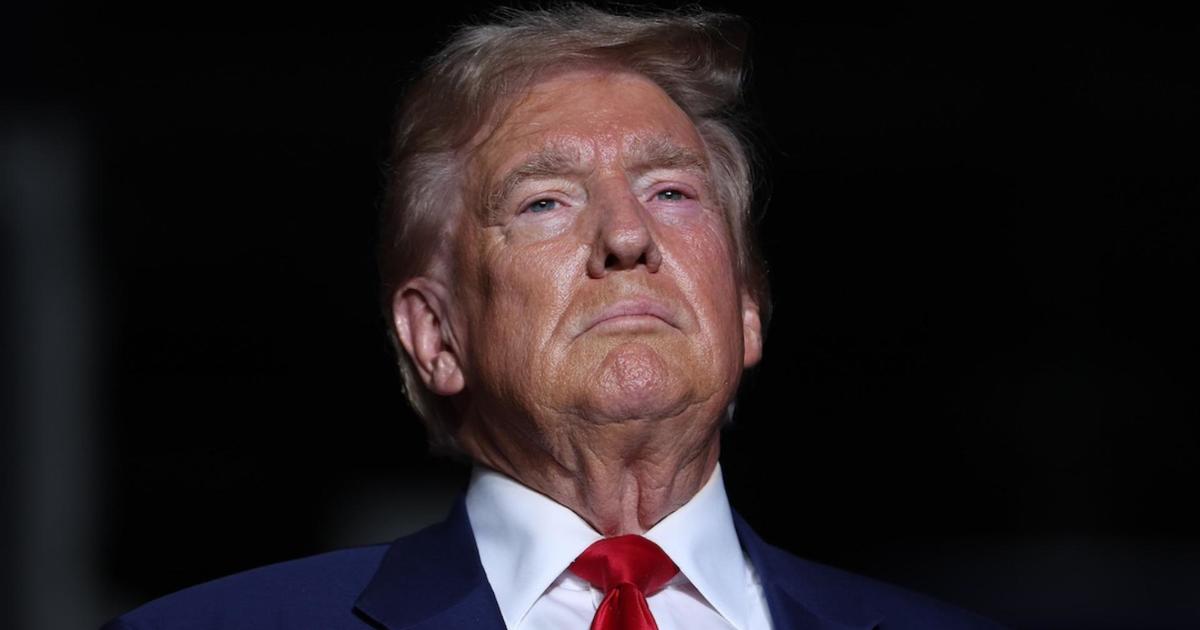Trump Media & Technology Group’s shares got a second wind Friday when former president Donald Trump pledged to keep his 60% stake in the business. The comments marked Trump’s first public disclosure about his plans for his shares, reassuring investors and sending the stock up by 12%.
But on Monday, shares of Trump Media — which trades under the ticker DJT, the same as Trump’s initials — gave up some of those gains, slipping 74 cents, or 4% to, $17.23 in early trading. Trump Media, the owner of Truth Social, has plunged 77% since reaching a high of $79.38 in March.
Despite Trump’s pledge to hold his stock, the fledgling tech company is continuing to face headwinds, including the September 19 expiration or so-called “lock-up” period that has blocked insiders, including Trump, from selling their shares. Even though Trump has vowed not to sell, the company’s other insiders will be able to begin reducing their stakes on Thursday, potentially undermining the stock’s price.
Lock-ups are frequently used on Wall Street during initial stock offerings as a way to prohibit major investors and insiders such as company executives from dumping their stakes soon after the shares begin trading. Because large stock sales can cause a public company’s shares to plunge, lock-ups are a way to prevent wild trading swings.
On Friday, Trump blamed the looming expiration of the lock-up for DJT’s months-long stock plunge.
“A lot of people think the reason it’s down is a lot of people think I’m going to sell, and if I sell, it’s not going to be the same,” Trump said. “But I have absolutely no intention of selling.”
But that doesn’t mean other insiders won’t sell when the lock-up expires, including Trump Media CEO Devin Nunes; Donald J. Trump Jr., Trump’s son and a board member of DJT; and former Trump administration official Daniel Scavino Jr., who is a paid consultant to the business. They are among at least 9 insiders who will be free to sell their stakes starting September 19, according to regulatory filings.
Trump Media didn’t immediately respond to a request for comment about those insiders’ plans for their shares after the lock-up expires.
Insider sales would increase volatility of DJT
The lock-up period was set ahead of the company’s March initial stock sale, with its insiders barred from selling for six months after the shares went public, or on September 26. But the lock-up can end slightly earlier if the stock meets certain conditions, including if it maintains a price above $12 per share.
Since DJT has, so far, met those conditions, the lock-up appears likely to expire at the earlier point, on Thursday, September 19.
The end of the lock-up period could provide a financial bonanza to DJT insiders who want to liquidate some of their positions, yet it could also add yet more volatility to the stock. According to the company’s registration statement, such insider sales could “have the effect of increasing the volatility in the trading price of the common stock or putting significant downward pressure on the price of the common stock.”
Since going public in March, Trump Media & Technology Group has been compared by some analysts as a meme stock, or companies that trade on social media buzz instead of traditional financial yardsticks such as revenue growth and profitability. It’s also performed somewhat as a barometer of Trump’s political and financial fortunes. After Trump survived an assassination attempt in July, DJT shares soared 32% as investors recalculated his odds of winning in November.
But those boosts have proved short-lived, with the stock sliding 57% since the assassination attempt as investors readjusted their expectations with the entry of Vice President Kamala Harris into the presidential race, which has reset the odds of Trump retaking the White House.
Trump Media is also facing operational challenges, with the company reporting that its second-quarter revenue plunged 30% to $836,900 from a year earlier. It also lost $16.4 million during the quarter, representing a narrower shortfall from its $22.8 million loss in the year-earlier period.

